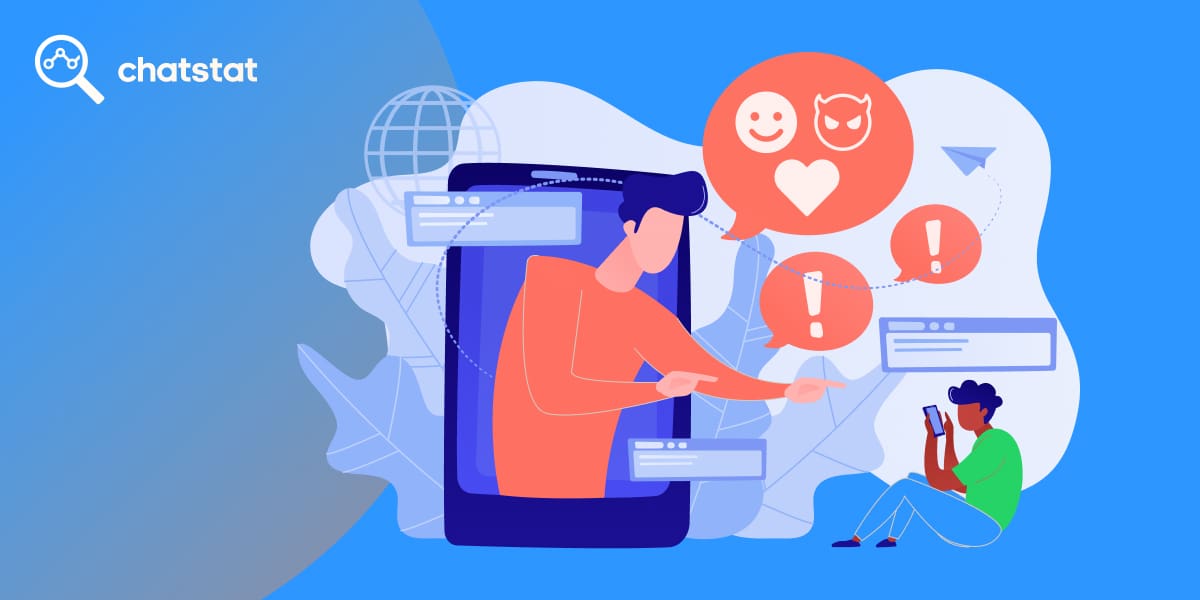Online predators are one of the most serious digital threats facing young people today. But with the right knowledge, parents and guardians can recognise warning signs and take meaningful steps to protect their children.
On This Page
- What is an online predator?
- Where and how do predators connect with children?
- Warning signs to watch for
- Steps parents can take today
- Final thoughts
What is an Online Predator?
An online predator is someone who uses the internet to build relationships with young people for the purpose of manipulation, exploitation, or abuse. They often pose as someone younger or more relatable and gradually earn a child’s trust.
Their approach may seem friendly or even supportive, but the goal is control. This behaviour is often referred to as grooming.
Grooming typically involves:
- Flattery and attention: Offering compliments and praise to make the child feel special or understood.
- Creating emotional dependence: Becoming a “safe space” or secret friend, especially if the child is feeling isolated or misunderstood elsewhere.
- Normalizing inappropriate behavior: Introducing sexual topics or risky behaviors slowly to desensitize the child.
- Encouraging secrecy: Telling the child to keep their conversations private or hide them from parents.
- Gift-giving or rewards: Sending money, game credits, or other items to gain loyalty or control.
- Testing boundaries: Asking for selfies or personal details, often escalating toward more private or explicit content.
- Manipulating emotions: Using guilt, fear, or affection to maintain influence over the child’s decisions.
Predators are skilled at disguising harmful intentions behind friendliness and support. That’s what makes grooming so dangerous and difficult to detect without close attention.
Where and How Do Predators Connect with Children?
Predators usually operate on platforms that offer private or semi-private communication. This includes:
- Messaging apps (like WhatsApp, Snapchat, or Kik)
- Social media (such as Instagram, TikTok, and Facebook)
- Online games with chat functions (including Roblox, Fortnite, or Minecraft)
- Forums or comment sections
The first message often appears harmless. It could be a compliment, a meme, or a question about a shared interest. Over time, the predator may ask for personal photos, try to isolate the child emotionally, or even push for an in-person meeting.
Warning Signs to Watch For
Children may not always recognize grooming as harmful. That’s why it’s important for parents to stay alert to changes in behavior or communication patterns. Some common signs include:
- Hiding screens or switching apps when someone walks in
- Increased secrecy about online activity
- Sudden new contacts or usernames
- Receiving gifts, money, or phone credits from unknown sources
- Emotional changes, like anxiety, withdrawal, or mood swings
- Talking about a new “friend” but avoiding details
It’s not always obvious, but even subtle shifts in behavior can point to something more serious.
Steps Parents Can Take Today
1. Talk early and often
Have open conversations about online safety before problems arise. Ask about the apps they use and the people they talk to. Use curiosity, not criticism.
2. Know their usernames and handles
Many kids have multiple profiles. Ask them to show you what accounts they use and who they talk to on each.
3. Review privacy settings together
Help your child make accounts private, turn off location sharing, and understand what “stranger” contact looks like.
4. Set healthy boundaries
Agree on screen-free times, clear rules for online friendships, and how to handle messages from people they don’t know.
5. Stay engaged
Check in regularly about their digital world. Show interest in the games they play and the creators they follow. When kids feel seen, they’re more likely to share.
4. Seek Professional Help When Needed
- Don’t hesitate to involve mental health professionals if your child shows ongoing signs of distress.
- Access crisis services if there are immediate risks of self-harm.
- Crisis Text Line: Text HOME to 741741 for free, 24/7 crisis support.
- National Suicide & Crisis Lifeline: Dial 988 (U.S.).
- Mental Health America (Screening & Resources): www.mhanational.org
- Common Sense Media (Digital Well-being Tools): www.commonsensemedia.org
- StopBullying.gov (Cyberbullying Prevention): www.stopbullying.gov
Final Thoughts
Online predators rely on secrecy, isolation, and confusion. The best defense is connection. By staying informed, involved, and supportive, parents can create a home environment where kids feel safe asking questions and reporting anything that feels wrong.
If you’re not sure how to start the conversation, begin with something simple like, “What’s your favorite thing about the app you use the most?” Let it grow from there.
🌍 Support services are shown based on your location. You can choose another country below if needed:

